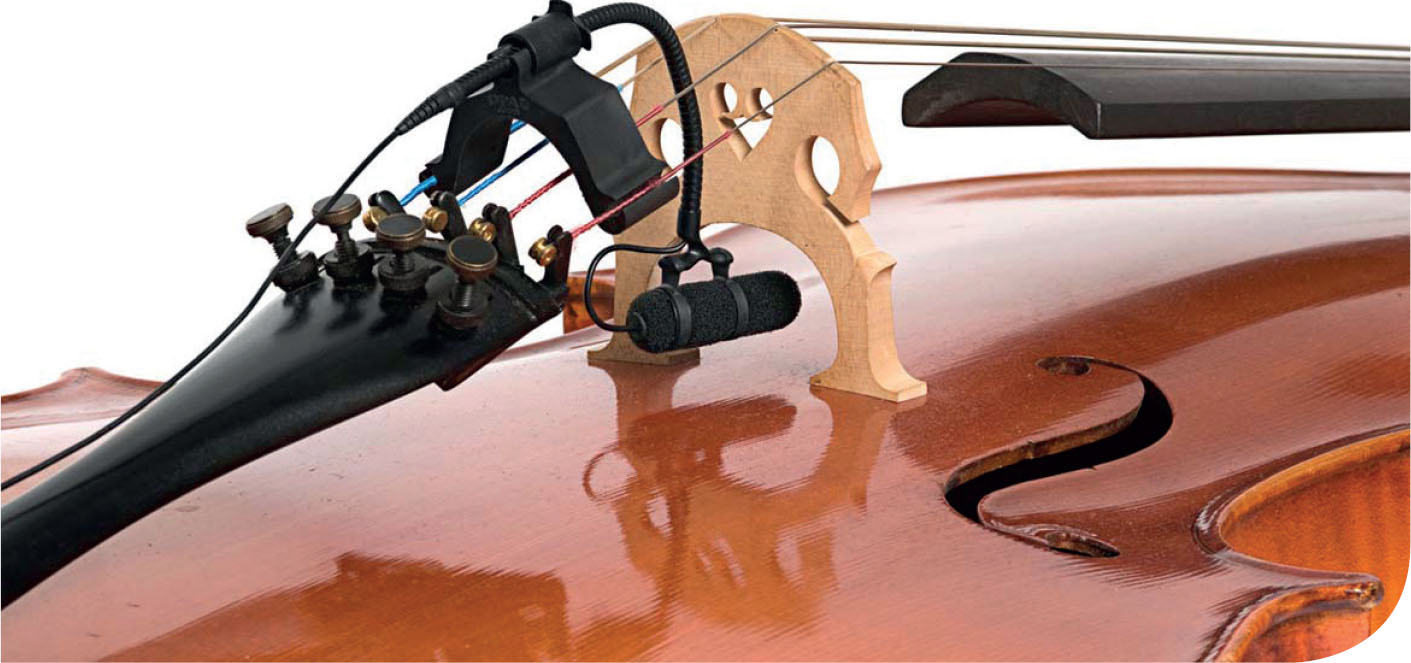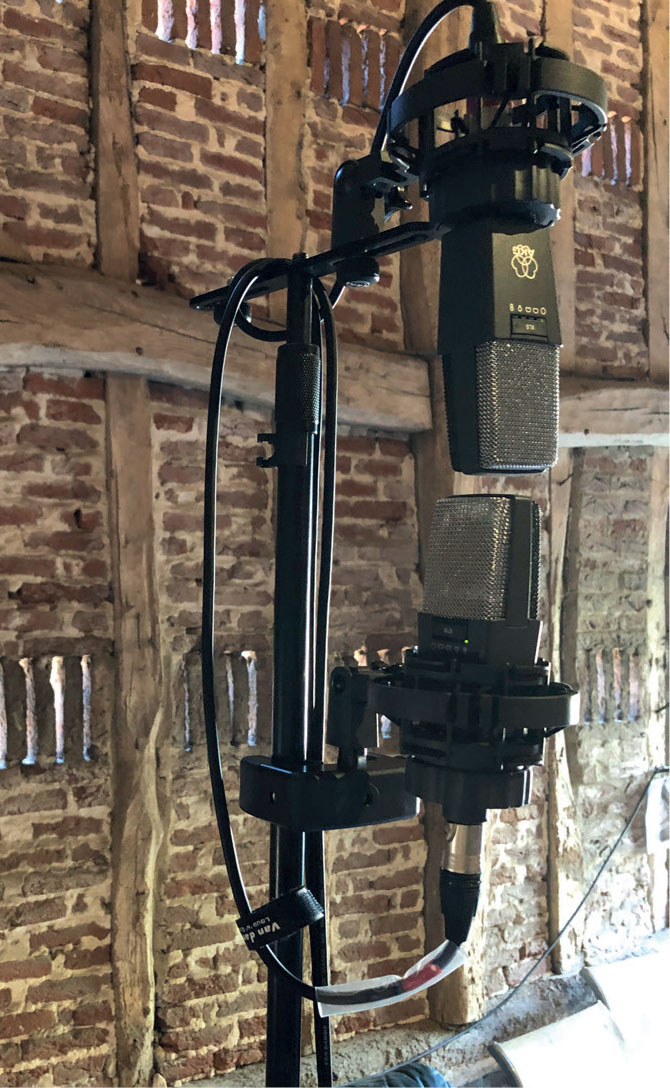
In recent years, I seem to be recording and amplifying strings more and more often. I never set out to be a specialist engineer for acoustic instruments (I mean acoustic here as in anything that doesn't use an amplifier as part of its sound – so orchestral, jazz, acoustic guitars and so on) but I have ended up in that world and along the way have collected a few tips that might help others to mic up appropriately.
Live strings
Strings are surprisingly difficult to capture in a live setting. In most scenarios, I have to amplify strings as part of a large rock band featuring drums, electric guitars and lots of vocalists. A solo violin or cello in this ensemble adds a lovely contrast but is easily drowned out.
One of the biggest problems is getting the mic to stay in a consistent place in front of the instrument – the performer may well move around or mic stands can get knocked. Another common issue is positioning the mic in such a way so that it won't impede the performer. You must make sure it is out of the way of the bow, but still in front of the parts of the body that resonate and generate the sound – this is tricky and always leads to compromise.
There are two solutions to this issue. Firstly, use a microphone that has a wide polar pickup pattern and is quite sensitive. This way the performer can move about without the microphone hindering them – any good condenser microphone should do the job! However, the disadvantage of this is that bleed from other instruments is likely to get into your microphone – this will increase the further away it is from the source sound.
The second solution is to purchase a clip-on microphone such as the DPA 4099 (similar to a lapel mic for speech). These can be bought with specific mounts for most instruments and can be positioned very close to the strings without getting in the way of the bow. These particular mics are quite expensive but I'm sure cheaper alternatives will be available.
Recording strings

The cello mic clips onto the strings
Recording strings is fortunately easier than live mic-ing because bleed from other performers is less likely.
If you are recording a solo performer the principle is basically the same as above. A good condenser microphone positioned in front of the instrument, but out of the way of the bow, will capture the overall sound and should give you a great starting point. Use your instincts and ears to fine tune and ensure the instrument is in the correct place – each situation is different and depends on the player, the instrument, and the room in which you are recording.
When it comes to a string ensemble you need to think about ambient recording. Position a stereo pair of condenser mics about three metres away from the ensemble and try to capture the whole group. Start by placing the diaphragms of the microphones at 90 degrees to one another, moving them as close as possible to each other without touching – this is called a coincident pair. It is the most straightforward stereo capture technique and will get you a great string ensemble sound (assuming you have a nice room to record in!)

The mid/side configuration is an ambient capture technique
In summary
There are as many opinions on the best way to record strings as there are techniques– I don't have the time or space to get into all of them here. The above recommendations are a good starting point to improve the capture of strings through microphones in most common settings. If you want to venture further down the rabbit hole, you can explore mid/side mic techniques and start using omnidirectional mics.
However you choose to capture strings, it's all about achieving a clean acoustic sound. Find a nice space and try to minimise bleed from other sources – only then will you achieve a great capture of your sound source.








